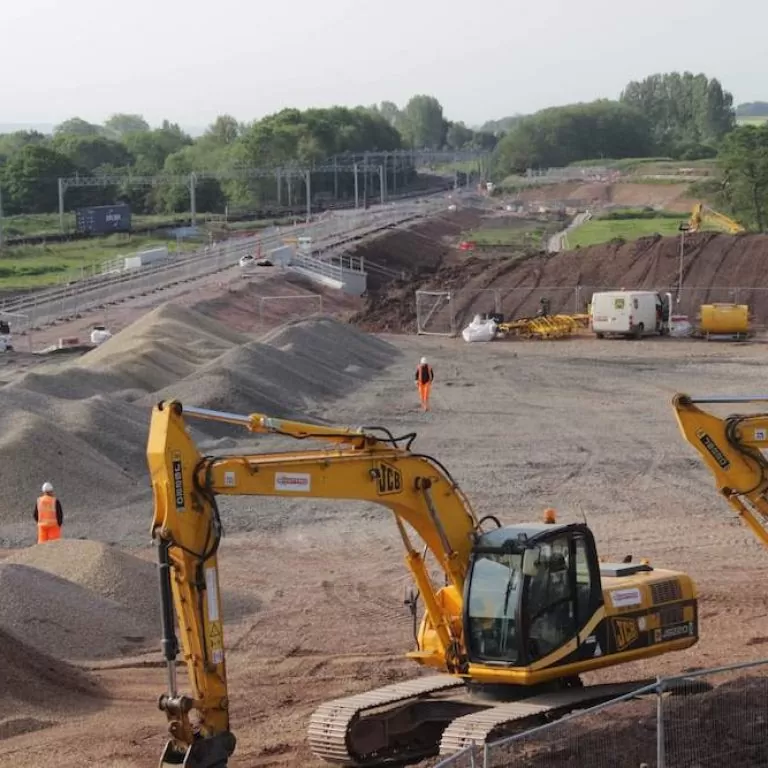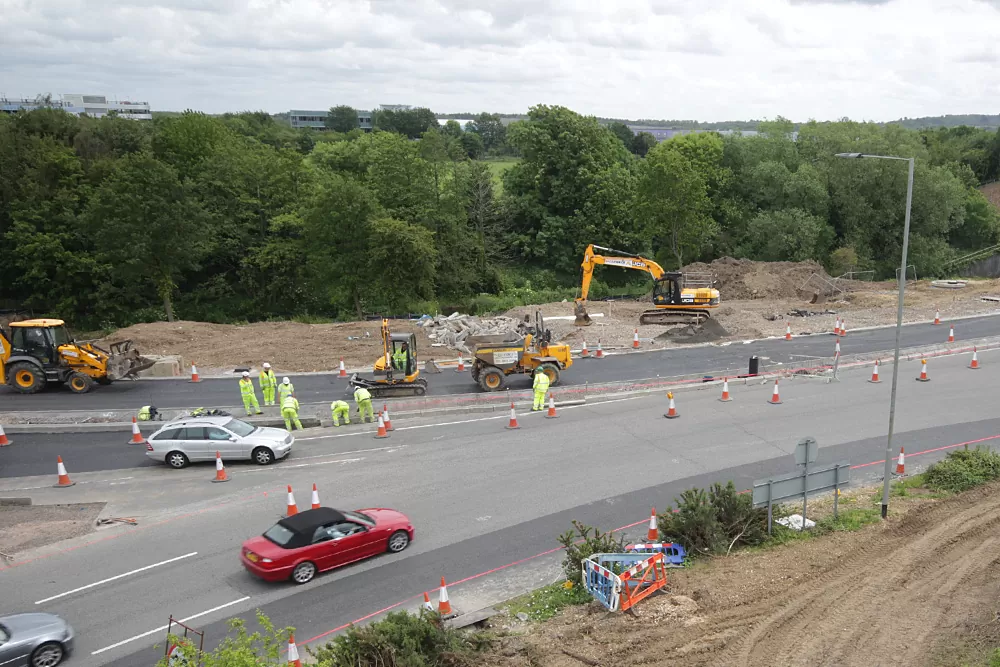
News Why choose time-lapse capture for transport developments?
With the likes of HS2 and Northern Powerhouse Rail hitting the headlines recently, it’s clear that major investments are being made to improve transport across the UK. How effective is time-lapse photography at showcasing major developments like these?
With the recent announcement that the new Prime Minister pledges to back Northern Powerhouse Rail, transport developments remain a priority for the UK.
This comes a few weeks after the wider Northern Powerhouse proposal – a government initiative to boost the economic profile of the North of England – reaches a five year milestone.
A record level of investment will see resources for localised road & rail upgrades in towns and cities across the North West, North East, Yorkshire & Humber. This will mean considerable modernisation for northern transport services.
Time-lapse & the public sector
With projects that have a broad impact and public profile, the stakes are high for government and contractors who are delivering improvements. Time-lapse photography is an effective method to assist with the publicity of important public sector developments.
HS2 have readily utilised time-lapse for various sections of their high-speed rail link currently under construction, which have proved successful in communicating key developments at central sites in London.
In particularly complex operations where there are many different phases of work taking place, time-lapse can help to isolate certain activities and showcase their completion.
This short time-lapse edit captures the staged construction of the encapsulation structure which housed sensitive excavation works at St James’s Gardens, near the Euston Station transport hub. From this footage, it is made plain exactly what measures were taken before this particular phase of work could begin.
For any type of transport works – rail, road, bridge replacements, improvements to waterways – a sequence that shows a completed project can help to further validate the efforts being undertaken.
Disruptions to travel during ongoing works, however temporary, are often a source of contention in the public realm. Time-lapse photography can work as visual proof that progress is being made and that certain improvements are necessary.
Still images captured by a time-lapse camera on site can help to allay any misconceptions about certain project developments. Highways England are an organisation which regularly invest in this method of capture in order to assist them in their information gathering for the public in relation to particular road works.

Above: a time-lapse image showing vital resurfacing works taking place at the M27 Eastleigh roundabout. Highways England utilised this view to inform the public of developments and to act as an official working document that works were actually taking place.
In addition to documenting and publicising incremental changes on large-scale works, time-lapse is also a method which provides a tidy narrative of events leading up to their completion.
Construction of vital road networks, new transport hubs and major modifications to infrastructure are a key part of work in the transport sector.
To have a visual record of such things can help city councils and other local bodies to draw attention to their work publicly, but may also be used as an important document to influence future pledges and plans to invest in the local area.
The time-lapse of Gloucester’s new transport hub being built – a £7.5m addition to the city’s Kings Quarter regeneration – proved to be an eye-catching record in the region, as it debuted during an episode of the Point West programme on BBC One. As well as featuring on a live broadcast, the Gloucester hub time-lapse video was also presented as part of a special opening ceremony.
Other travel-related works
Travel might also refer to the maintenance of other, more stationary craft, or those undergoing developments outside the sectors of road & rail.
Space travel, for example, may seem worlds away from the projects noted here already but time-lapse is just as effective for scientists as it is for those working in the public sector.
The assembly of the Rosalind Franklin rover – the key piece of robotic equipment in the “ExoMars” programme – is currently being monitored for Airbus using time-lapse capture.
And, like spacecraft, time-lapse can also serve as a means of tracking watercraft, such as shipping vessels.
The National Waterways Museum and the Canal & River Trust commissioned time-lapse services to showcase the UK’s most important collection of inland waterways craft during the biggest operation of its kind.
Time-lapse helped to capture the movement of numerous historic vessels which were moored at Ellesmere Port.
These complex manoeuvres were highlighted using both stationary and specialist methods of capture in order to provide a comprehensive and detailed narrative of these important preservation and restoration works.
So whether showcasing traditional travel improvements, or those that are more specialist in nature, time-lapse photography has the flexibility to deliver the high quality results sought after by contractors and public bodies.